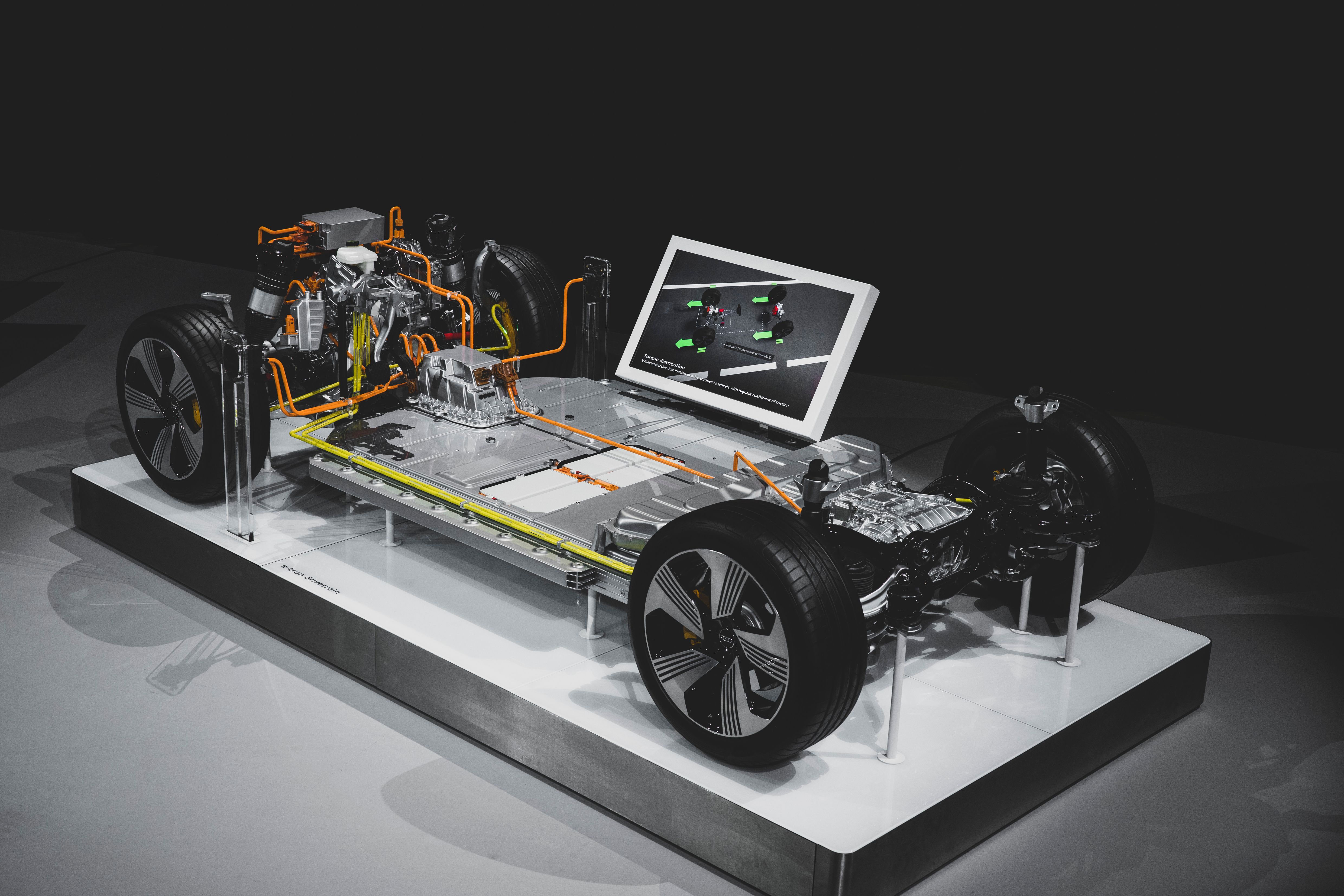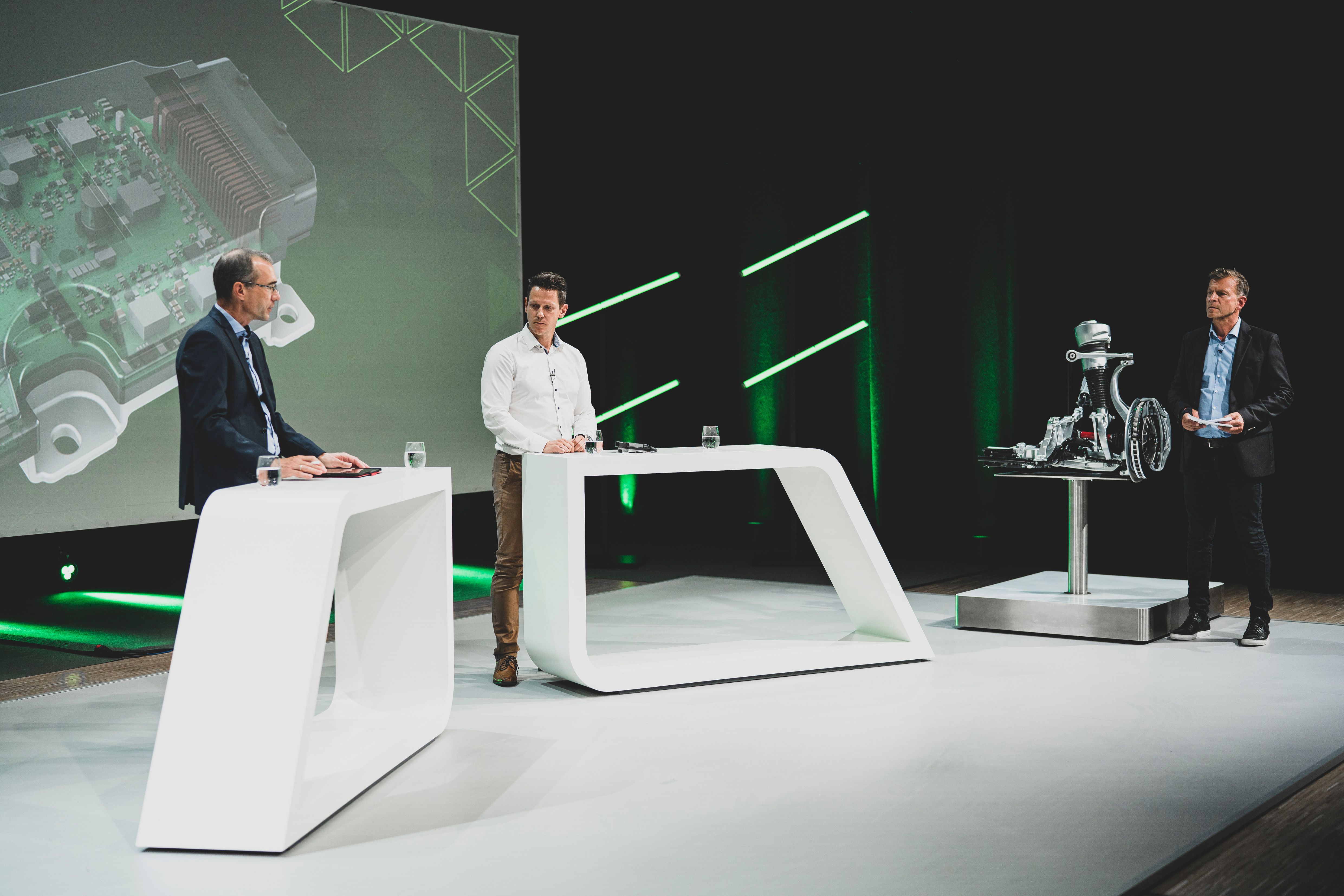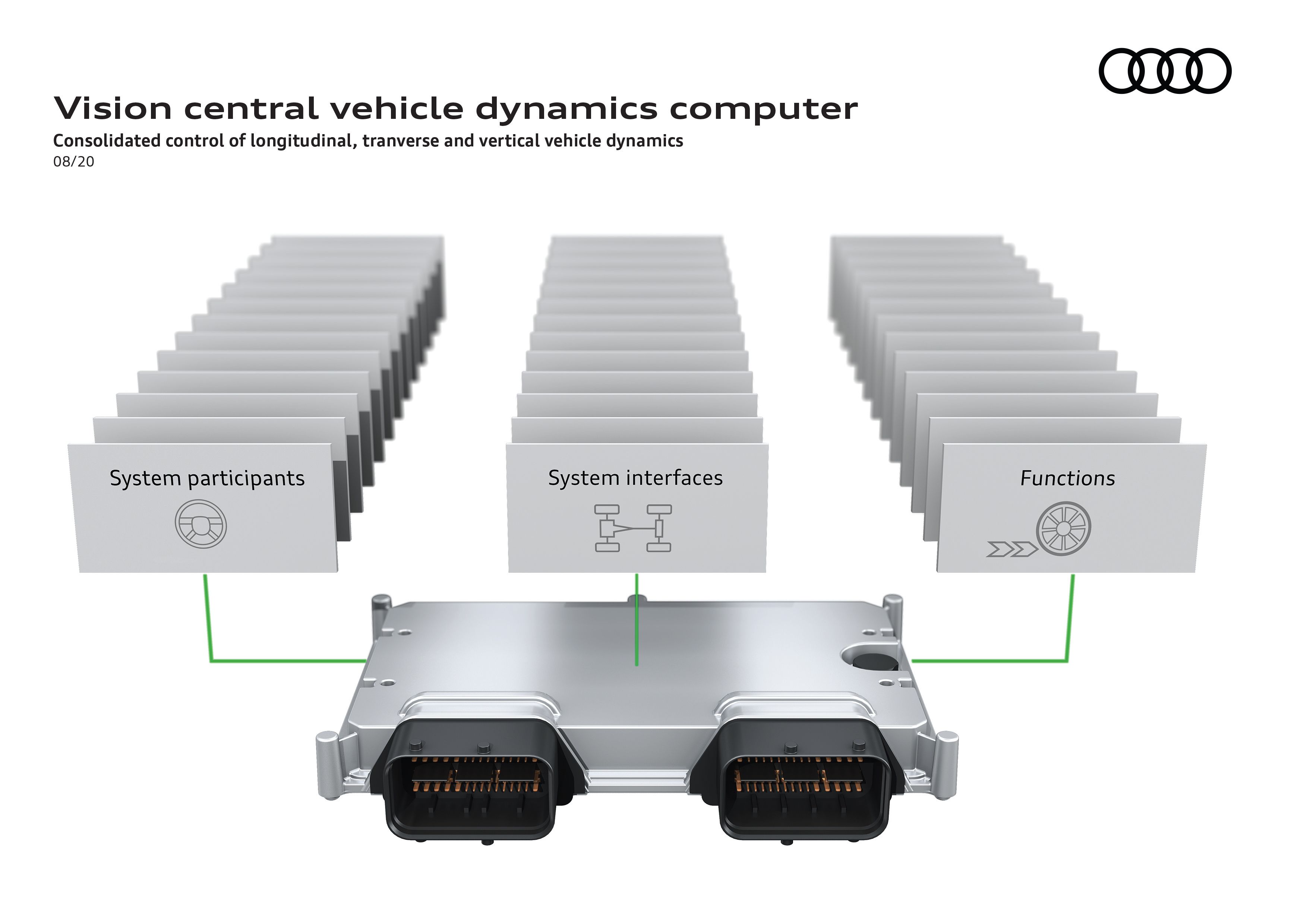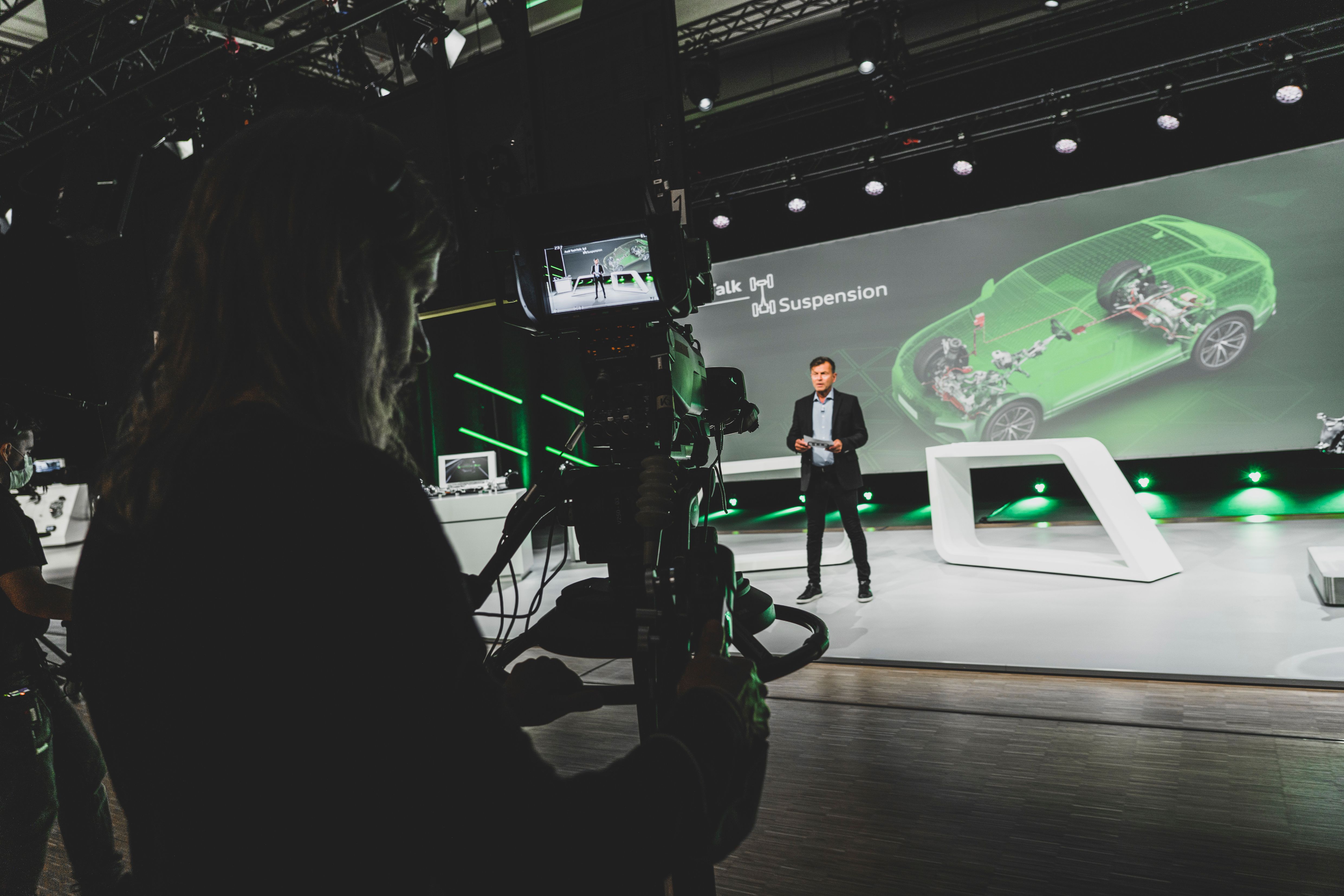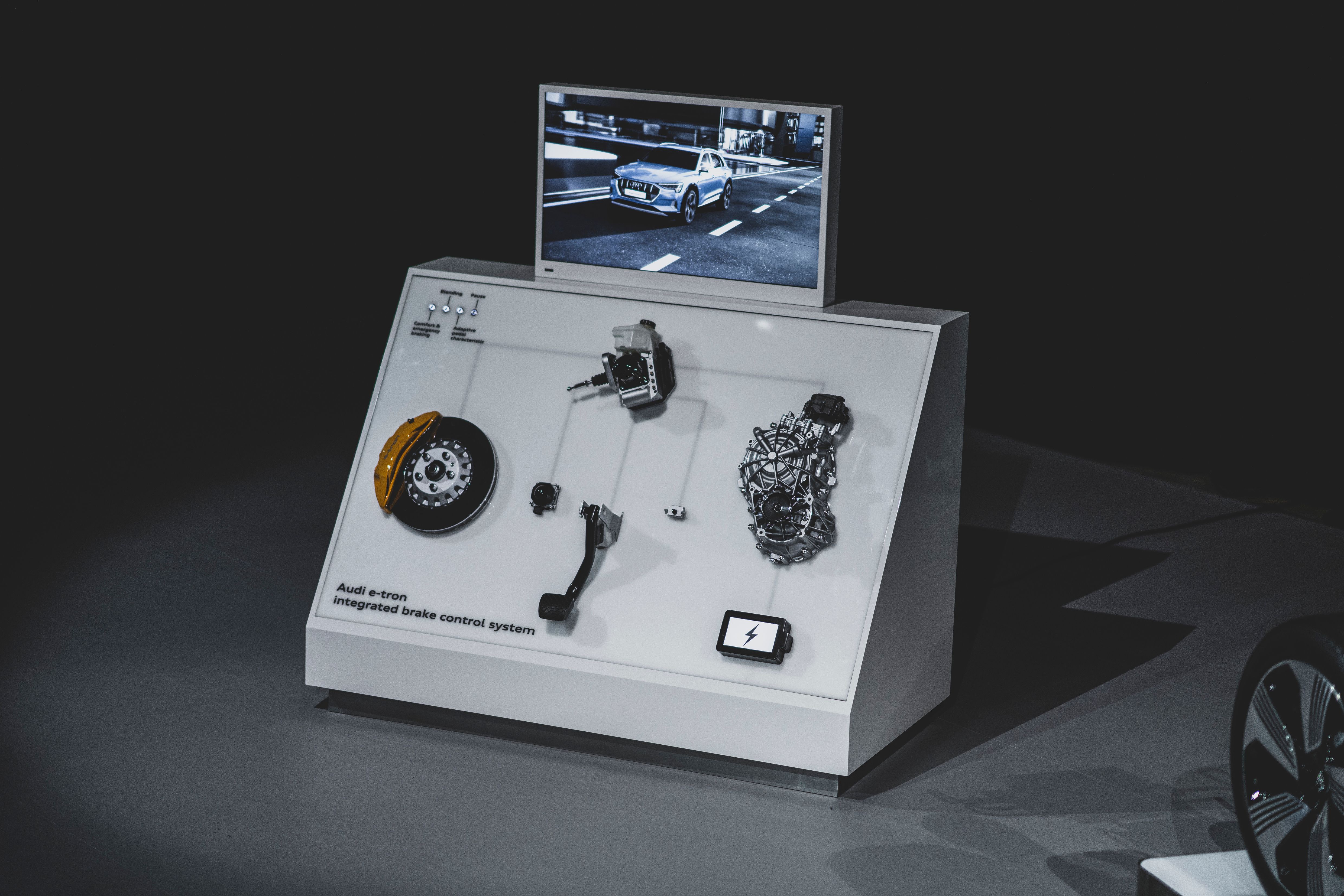If you strip down most modern cars on the road today, you’ll find a handful of different computer systems. You’ll find a body control module, an engine control module, and some even have smaller computers like modules that control the anti-lock brakes, airbags, or various other bits of technology. This was accurate ten years ago, and as cars have gotten more advance, these very control modules have been tasked with doing more while being interlinked together via a CANBUS system, and some are even complemented with additional control modules for smaller tasks. If one module failed, you could usually replace it and go about your life, albeit after paying a small fortune for the new computer, programming, and installation. Soon, however, Audi looks to simplify things by bringing everything together into by big supercomputer that’s being called an “Integrated Vehicle Dynamics Computer.” It sounds simple, but it’s actually far from simple. Let me explain…
Supercomputers Are Cool, But Not In Cars
In all honesty, just about every automaker out there is making a run toward new technology and innovation. It makes our lives easier and safer, they say. And, sometimes it does. The fact that our cars can now automatically control torque distribution between wheels and braking force as needed to prevent the loss of control is amazing. But, you have to take the good with the bad, and the bad in this case is that the replacement of electronics when the fail is expensive, especially on newer cars.
Audi’s Integrated Vehicle Dynamics Computer is far more sophisticated than anything we have in cars in 2020 – even when you look to the most advanced cars like the Tesla Model S or Porsche Taycan.
In just a short time from now, Audi’s new IVDC will land in every car in the brand’s lineup from the compact A3, all the way up to the Q8 SUV and even its entire offering of EVs.
To give you an example of some of the things the IVDC will control, important systems like torque vectoring and brake regeneration will be on the priority list in electric cars. Performance cars with the RS badge will see it control anti-roll stabilization, active suspension, and engine control.
All of this sounds good in theory, but as a mechanic, I can’t help but think about repair costs. Replacing certain control modules on cars today can already be very expensive, so the thought of having everything housed in one unit is concerning. A single failure of the IVDC can render your new car inoperable and, to top it off, the company has you over a barrel once your warranty has passed. Should that IVDC experience any type of failure, you may have no choice but to replace it or be stuck with a car you can’t drive – potentially one that you’re still making payments on. With this being proprietary and new technology, there won’t be an aftermarket offering for some time to come, and since it’s a must-have, Audi will either be able to charge you a small fortune for replacement or push you to trade-in and buy a new car.
I like the idea in theory, and maybe it’ll work out well, but as an all-new technology, there will be flaws, and until those are ironed out, things could be very dicey. Fortunately, all cars equipped will have some kind of warranty as a bit of a safety shield, but in the end, replacement down the road will still end up being a lot more expensive than replacing one of many stand-alone control units in the event of a random failure.
FAQ
Q: What is Audi’s Integrated Vehicle Dynamics Computer?
The IVDC in future Audi’s will serve as a central facility or hub for all the cars dynamic systems, from passive safety features like automatic braking and stability control to engine management and door lock control.

